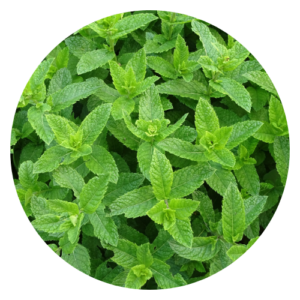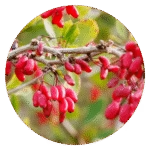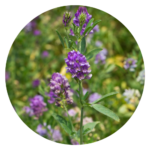Analgesic: Provides pain relief for headaches, muscle aches, and digestive discomfort.
Antimicrobial: Fights bacteria, viruses, and fungi, supporting immune health and oral hygiene.
Antispasmodic: Relaxes smooth muscles to ease cramps, bloating, and irritable bowel symptoms.
Carminative: Reduces gas and promotes healthy digestion.
Diaphoretic: Encourages gentle sweating to help break fevers and release toxins.
Nervine: Calms and refreshes the nervous system, improving focus and easing tension.
Stimulant: Boosts alertness and mental clarity.





